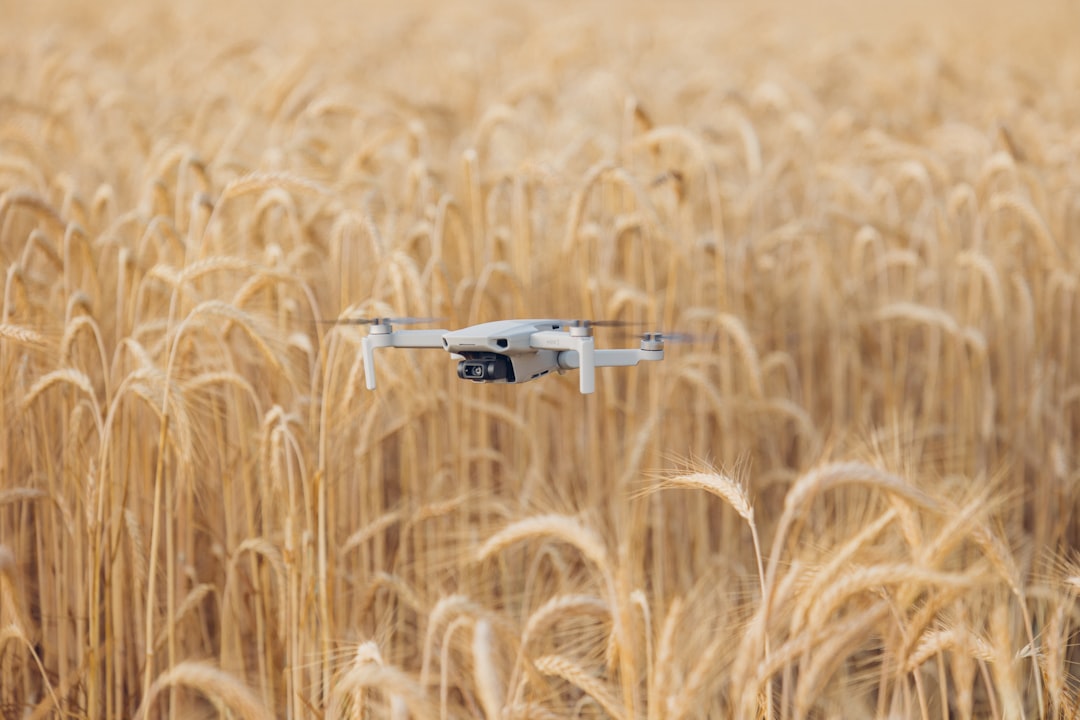No products in the cart.
Harnessing Technology: The Future of Agriculture in 2025
Agriculture in 2025 is being transformed by technology, promising sustainability and efficiency. Explore the innovations paving the way.
[City], [Country] — Agriculture, a cornerstone of human civilization, is undergoing a seismic shift. As we step into 2025, the fusion of technology and traditional farming practices is not just a trend; it’s a necessity. The world faces unprecedented challenges—from climate change to population growth—demanding innovative solutions to feed billions. This intersection of technology and agriculture promises not only to transform how we farm but also to redefine our relationship with food.
The landscape of agriculture is evolving. With the advent of artificial intelligence (AI), farmers are no longer just tillers of soil; they are data scientists. Precision agriculture, powered by drones and satellite imagery, allows farmers to monitor crop health in real-time. Imagine a farmer in Nebraska using a drone to survey his fields, spotting a patch of crops that needs water or nutrients long before it becomes visible to the naked eye. This is not science fiction; it’s happening now.

But the impact of technology doesn’t stop there. The rise of vertical farming—growing crops in stacked layers—offers a glimpse into a future where urban areas can produce their own food. Cities like Singapore have embraced this model, utilizing hydroponics and aeroponics to grow fresh produce within their limits. This not only reduces transportation costs but also minimizes the carbon footprint associated with long-distance food transport. As urban populations swell, such innovations might be the key to urban food security.
Moreover, blockchain technology is making waves in the agriculture sector. By creating a transparent supply chain, blockchain ensures that consumers know exactly where their food comes from. This traceability is crucial for food safety, especially in a world increasingly concerned about where its meals originate. Startups around the globe are leveraging this technology to connect farmers directly with consumers, cutting out the middleman and allowing for fairer prices.
The rise of vertical farming—growing crops in stacked layers—offers a glimpse into a future where urban areas can produce their own food.
Yet, while these advancements paint a promising picture, challenges loom large. Access to technology remains uneven, particularly in developing regions. In sub-Saharan Africa, for instance, many farmers still rely on traditional methods, lacking access to the internet or advanced tools. Bridging this digital divide is essential for ensuring that all farmers can benefit from technological advancements. Initiatives aimed at providing training and resources to these communities are vital to creating an inclusive agricultural revolution.
As we look to the future, the role of education becomes increasingly important. Universities and vocational schools are adapting their curricula to incorporate new technologies in agriculture. Programs focusing on agri-tech are sprouting up, aiming to equip the next generation of farmers with the skills they need to thrive in a tech-driven landscape. This educational shift is more than just academic; it’s about preparing young minds to innovate and solve the pressing issues of our time.
Furthermore, sustainability is at the heart of these innovations. The integration of technologies like AI and blockchain is not merely about efficiency; it’s about creating a more sustainable food system. As consumers become more environmentally conscious, farmers are responding by adopting practices that reduce waste and lower their carbon footprint. The trend toward regenerative agriculture, which focuses on restoring soil health and biodiversity, is gaining traction, supported by technological advancements that make such practices viable.
However, the journey is not without its bumps. Regulatory hurdles can stifle innovation, as governments struggle to keep pace with rapid technological advancements. Policies governing the use of AI, data privacy, and sustainability standards are still evolving. Farmers and tech developers alike are advocating for regulations that encourage innovation while ensuring safety and ethical standards.
As we navigate this complex landscape, collaboration emerges as a key theme. Partnerships between tech companies, agricultural businesses, and academic institutions are crucial for driving innovation forward. By working together, these stakeholders can share knowledge, resources, and best practices, creating a robust ecosystem that supports the future of agriculture.
As we look to the future, the role of education becomes increasingly important.
Looking ahead, the future of agriculture in 2025 and beyond is bright, yet it demands our attention. The convergence of technology and farming has the potential to alleviate food insecurity, promote sustainability, and reshape our relationship with the land. As young professionals enter the workforce, understanding these trends and leveraging them for positive impact will be crucial. The agricultural revolution is not just about technology; it’s about reimagining the way we grow, distribute, and consume food. Embracing this change can lead to a healthier planet and a more equitable food system for all.











